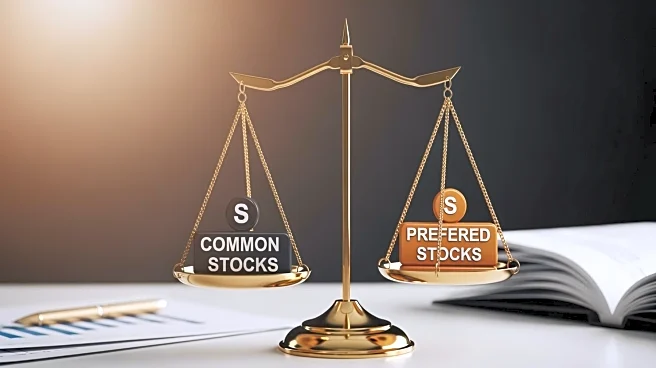What's Happening?
M-tron Industries, Inc., a company specializing in frequency and spectrum control products, has announced that its warrants to purchase common stock are now exercisable. This development follows the achievement
of a stock price trigger, where the average volume weighted average price of M-tron's common stock exceeded $52.00 per share over a 30-day period. The warrants, initially granted on April 25, 2025, allow holders to purchase shares at an exercise price of $47.50 per share. The Board of Directors has extended the exercise period until December 11, 2025. Holders of these warrants can also take advantage of an over-subscription privilege, enabling them to subscribe for additional shares from any unexercised warrants. M-tron has advised warrant holders to review the Warrant Agreement for detailed terms and conditions.
Why It's Important?
The exercisability of these warrants represents a significant financial opportunity for M-tron Industries and its investors. By allowing warrant holders to purchase shares at a predetermined price, the company can potentially increase its capital, which may be used for further development and expansion. This move could also enhance shareholder value, as the exercise of warrants typically indicates confidence in the company's future performance. For investors, the ability to purchase shares at a lower price than the current market value presents a lucrative opportunity, especially if the stock price continues to rise. The extension of the exercise period provides additional flexibility for investors to make informed decisions.
What's Next?
Warrant holders are expected to act before the December 11, 2025 deadline to exercise their rights. M-tron Industries will likely monitor the exercise activity closely, as it could impact the company's financial strategy and stock market performance. Investors and analysts will be watching to see how many warrants are exercised and the subsequent effect on M-tron's stock price. The company may also consider further strategic moves to capitalize on the increased investor interest and potential influx of capital.











